Extending the Village: How Technology Is Reshaping Access to Youth Mental Health Support
Child Mind Intitute
MARCH 24, 2025
The panelists underscored the urgency of the youth mental health crisis, noting that suicide rates have been rising for years. ” The discussion examined how technology-based solutions can fill these critical gaps in care if developed thoughtfully and responsibly.

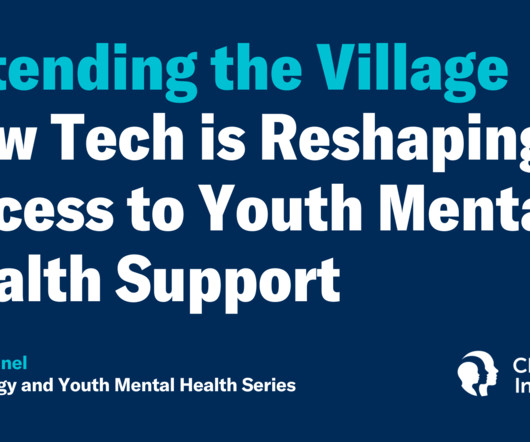
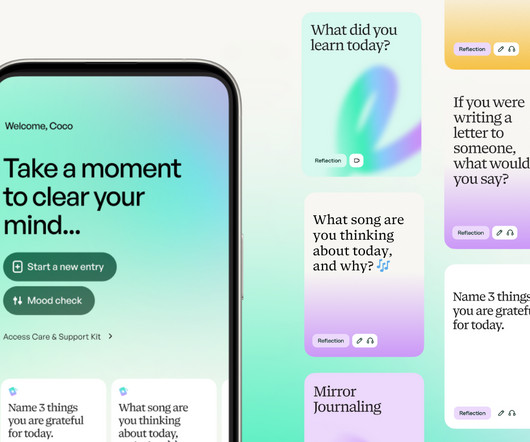
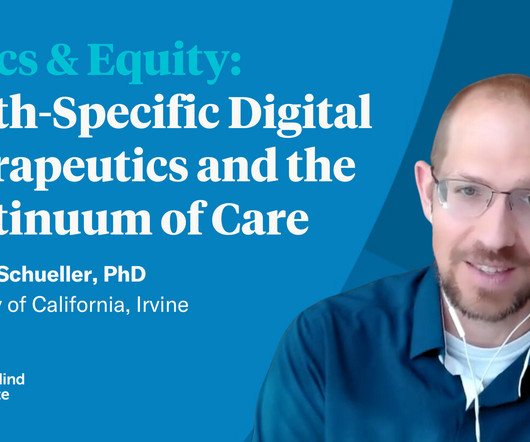

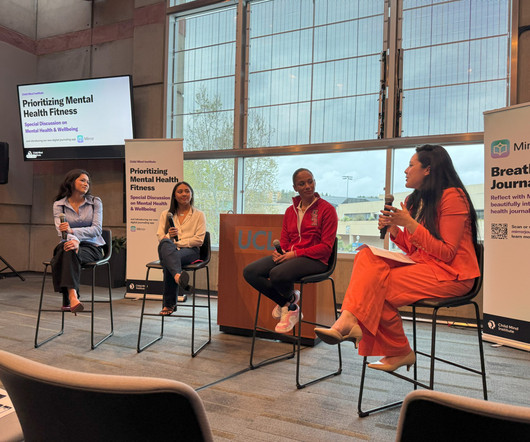

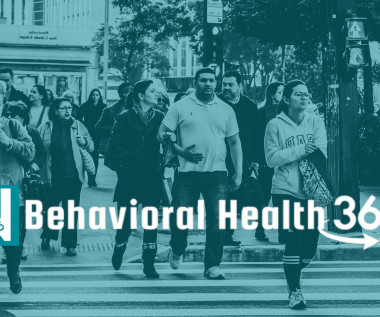







Let's personalize your content